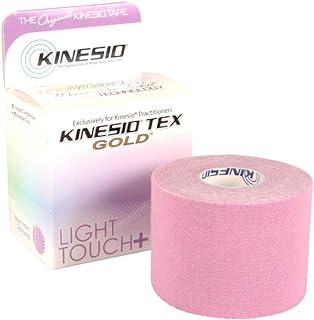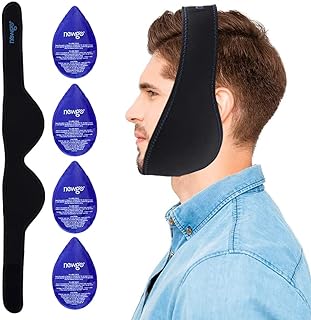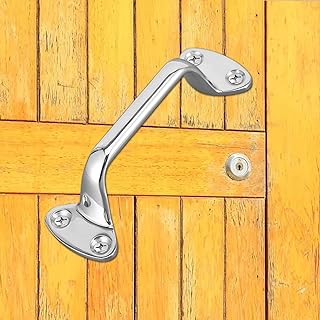5 important factors worth considering when looking for the best page magnifier for reading sheet music
In the music and performance world, being able to read sheet music easily can greatly impact a musician’s experience. When thinking about buying a page magnifier for reading sheet music, it’s important to look at more than just how much it magnifies. The best page magnifier should not only make the notes bigger but also improve the overall reading experience, making it easier to navigate and more comfortable for musicians at any level. By knowing what factors make a page magnifier effective, musicians can improve their musical journey.
See our guide to the best page magnifier for reading sheet music.
Magnification level
When choosing a page magnifier for reading sheet music, it’s important to consider the level of magnification. The right amount of magnification can make it easier to read musical notations without straining your eyes. If the magnification is too low, it may be difficult to see small details accurately, leading to frustration and mistakes during performances or practice.
On the other hand, too much magnification can distort the clarity of the sheet music, making it hard to understand the music. Finding the right balance is key for readability and clarity. Investing in a page magnifier with the right magnification level for your needs can improve your sheet music reading experience, allowing you to focus on the music without any visual obstacles.
Size of magnifier
When choosing a page magnifier for reading sheet music, the size of the magnifier is really important. A bigger magnifier gives you a wider view, so you can follow multiple lines of music without moving it around all the time. This is super helpful during fast songs when you need to turn the page quickly. A bigger magnifier also helps reduce eye strain because you can read at a more comfortable distance without leaning in.
On the other hand, smaller magnifiers are more portable for musicians who are always on the move. They are light and easy to carry in a music bag, so you can use them wherever you play. But keep in mind, smaller magnifiers might make you move more often across the sheet music, which could interrupt your performance flow. Ultimately, the best size magnifier for reading sheet music depends on what works best for you, finding a balance between portability and ease of use to make reading music as smooth as possible.
Type of magnifier (e.g. handheld, stand, clip-on)
When choosing a magnifier for reading sheet music, it can make a big difference in your experience. Handheld magnifiers are flexible and easy to move around with. Stand magnifiers are stable and hands-free, great for long reading sessions. Clip-on magnifiers attach to your music stand, keeping things neat and within reach.
Picking the right magnifier is important for improving your music reading. Each type – handheld, stand, or clip-on – has its own benefits. It’s important to choose the one that fits your needs and comfort level. Trying out different magnifiers can help you decide which one works best for you, making practice or performances easier and more enjoyable.
Lens material (e.g. acrylic, glass)
When choosing a page magnifier to read sheet music, the type of lens material you pick is important. There are different options like acrylic and glass, and each one has its own strengths and weaknesses. Acrylic lenses are lightweight and won’t break easily, making them good for long reading sessions without straining your eyes. They also offer clear and sharp vision, so you can see the notes on the sheet music accurately. On the other hand, glass lenses are very durable and resist scratches well, but they may be heavier and less comfortable for extended use, which could take away from the enjoyment of reading music.
Ultimately, the choice between acrylic and glass lenses for a page magnifier depends on what matters most to you. If you value comfort and ease of use, acrylic lenses are a better option because they are light and provide great vision. However, if durability and scratch resistance are more important to you, glass lenses may be the way to go. Understanding the advantages and disadvantages of each lens material is key to making a smart choice that enhances your sheet music reading experience.
Light source (e.g. built-in LED)
When choosing a page magnifier to read sheet music, the type of light source is important. A built-in LED light can make a big difference in how well you can see the music. Using a page magnifier with a built-in LED light can greatly improve visibility when reading complex musical notes. The bright and focused light from LED lights makes every note on the sheet music easy to see, helping you navigate through different scores and songs easily. LED lights are also energy-efficient, so they last a long time, which is great for musicians who use their magnifiers often.
Having a built-in LED light on a page magnifier not only makes it easier to read music, but it can also reduce eye strain and fatigue during long reading sessions. LED lights have adjustable brightness levels, so you can customize the lighting to suit your preferences and the surrounding light, creating a comfortable reading experience. Whether you’re practicing in a poorly lit room or in natural daylight, the LED light ensures consistent visibility without causing glare or shadows on the sheet music. Overall, investing in a page magnifier with a built-in LED light is a practical and beneficial choice that improves the enjoyment and clarity of reading sheet music.
Conclusion
In a world where music and technology come together, the page magnifier helps musicians bridge the gap between tradition and innovation. It is a simple but powerful tool that provides clarity as musicians read sheet music. With the page magnifier, musicians can explore a variety of musical possibilities with ease and accuracy. Using the page magnifier isn’t just about making it easier to read music; it’s about embarking on a musical journey that breaks boundaries and gives a new perspective on the joy of music.




